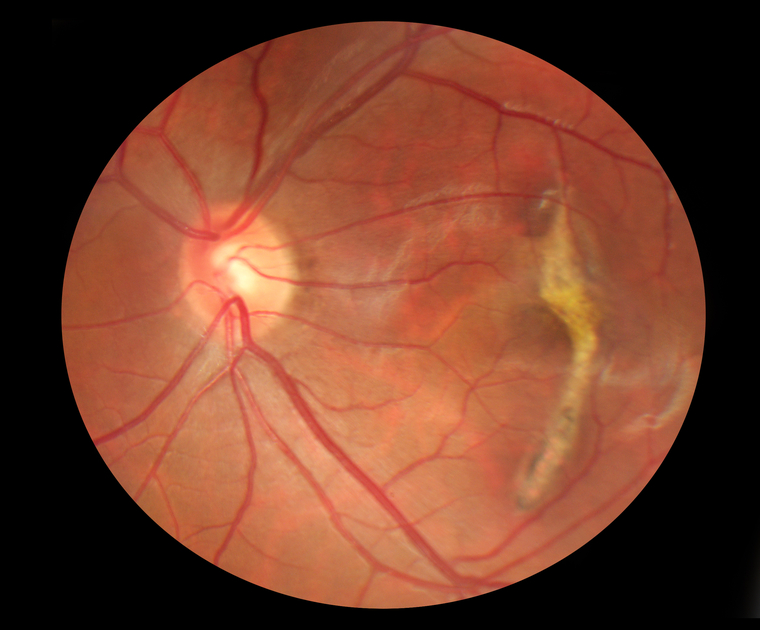Press Release
Leveraging Deep Learning for Eye Health Requires More Attention to Technical, Clinical Considerations
Much has been written recently about the success of artificial intelligence and deep learning (DL) systems in accurately detecting and diagnosing ocular diseases, and research results of new applications are being published with increasing frequency. But less is known about the practical considerations for actually clinically deploying DL algorithms for medical imaging.
In “Deep learning in ophthalmology: The technical and clinical considerations,” published in Progress in Retinal and Eye Research, authors describe the important technical and practical considerations of building DL algorithms in the research setting, and deploying these algorithms in the clinical settings. The article also describes the global eye-disease burden, and common conditions of public health importance for which AI and DL systems may be applicable.
The authors include Phil Burlina, an artificial intelligence and medical imaging expert at the Johns Hopkins University Applied Laboratory (APL), in Laurel, Maryland; Neil Bressler, M.D., from the JHU Wilmer Eye Institute; and researchers from Google AI Healthcare, the Moorfields Eye Hospital in London, the Singapore Eye Research Institute, the University of Iowa and the University of Vienna.
According to the United Nations, by 2050, 2 billion people will be 60 years and older (that’s up from 900 million in 2015), and 80% of them will be living in low- to middle-income countries. People are living longer, and the number of people with age- and diabetes-related visual impairment and blindness is growing, the authors note. This population expansion also creates pressure to screen for causes of childhood blindness, such as retinopathy of prematurity, refractive error and amblyopia.
“Deep-learning algorithms can be used as alternative screening tools, especially as a way to rectify shortages in clinical staffing and expertise,” Burlina said. “However, a robust DL system consisting of two components — the ‘brain’ [deep networks] and the data — must be established.”
The authors offer 10 steps to building an artificial intelligence system for medical-imaging analysis. They discuss various factors associated with eye conditions that must be considered to ensure the appropriate deployment and implementation of DL algorithms within a clinical practice, and they present eight potential challenges for leveraging AI in those practices.
To allow “true real-world clinical applicability” for retinal optical coherence tomography imaging, they write, DL systems should be designed with a specific clinical pathway in mind; be trained on large and heterogeneous image sets that are representative of that specific use; provide multiple classifications to allow for multiple retinal pathologies; and perform on par with retinal specialists as well as provide some measure of classification certainty for challenging and ambiguous cases.
The research was performed under APL’s National Health Mission Area, which aims to revolutionize health through science. The mission area leverages expertise from across APL and Johns Hopkins to develop solutions that advance health and health care for civilian, military and veteran populations worldwide. Learn more at https://www.jhuapl.edu/OurWork/NationalHealth.
